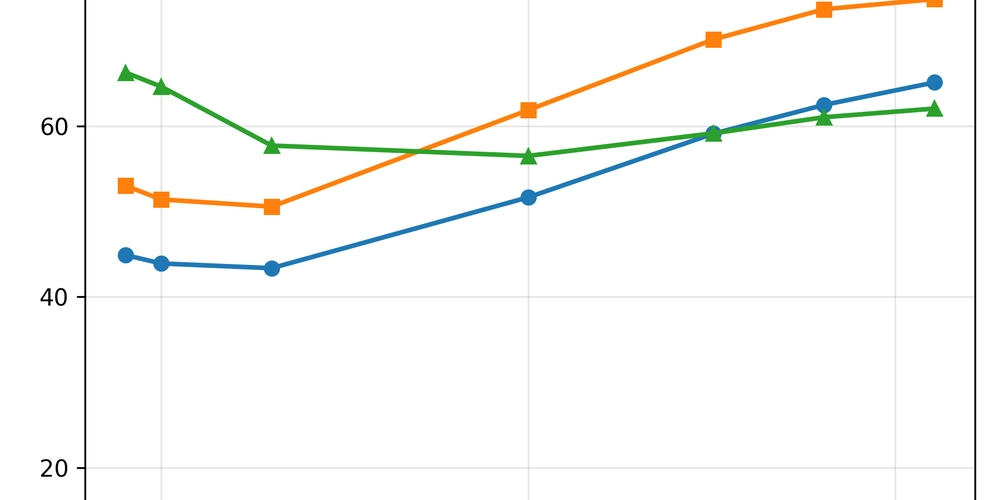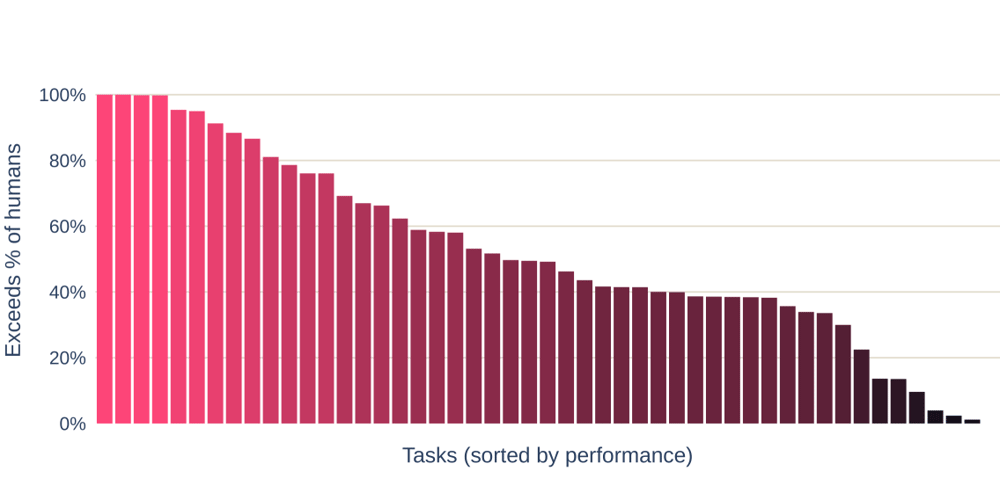AI Breakthrough: New Method Slashes Arabic Language Processing Size by 75% While Boosting Performance
This is a Plain English Papers summary of a research paper called AI Breakthrough: New Method Slashes Arabic Language Processing Size by 75% While Boosting Performance. If you like these kinds of analysis, you should join AImodels.fyi or follow us on Twitter. Overview Splintering improves tokenization for nonconcatenative languages like Arabic and Hebrew Creates better word representations by separating roots from patterns Reduces vocabulary size while maintaining linguistic meaning Achieves 20% improvement in downstream tasks with 75% smaller vocabularies Works especially well for low-resource languages Preserves morphological information that traditional tokenization methods lose Plain English Explanation Languages work differently. In English, we build words by stringing parts together: "un" + "break" + "able". But many languages don't work this way. In Arabic or Hebrew, words form from patterns woven through consonant roots, like threading different colored yarns through the s... Click here to read the full summary of this paper

This is a Plain English Papers summary of a research paper called AI Breakthrough: New Method Slashes Arabic Language Processing Size by 75% While Boosting Performance. If you like these kinds of analysis, you should join AImodels.fyi or follow us on Twitter.
Overview
- Splintering improves tokenization for nonconcatenative languages like Arabic and Hebrew
- Creates better word representations by separating roots from patterns
- Reduces vocabulary size while maintaining linguistic meaning
- Achieves 20% improvement in downstream tasks with 75% smaller vocabularies
- Works especially well for low-resource languages
- Preserves morphological information that traditional tokenization methods lose
Plain English Explanation
Languages work differently. In English, we build words by stringing parts together: "un" + "break" + "able". But many languages don't work this way. In Arabic or Hebrew, words form from patterns woven through consonant roots, like threading different colored yarns through the s...










































































































































































![[The AI Show Episode 142]: ChatGPT’s New Image Generator, Studio Ghibli Craze and Backlash, Gemini 2.5, OpenAI Academy, 4o Updates, Vibe Marketing & xAI Acquires X](https://www.marketingaiinstitute.com/hubfs/ep%20142%20cover.png)



























































































































![[DEALS] The Premium Learn to Code Certification Bundle (97% off) & Other Deals Up To 98% Off – Offers End Soon!](https://www.javacodegeeks.com/wp-content/uploads/2012/12/jcg-logo.jpg)


![From drop-out to software architect with Jason Lengstorf [Podcast #167]](https://cdn.hashnode.com/res/hashnode/image/upload/v1743796461357/f3d19cd7-e6f5-4d7c-8bfc-eb974bc8da68.png?#)







































































































.png?#)





.jpg?#)






























_Christophe_Coat_Alamy.jpg?#)
 (1).webp?#)







































































































![Rapidus in Talks With Apple as It Accelerates Toward 2nm Chip Production [Report]](https://www.iclarified.com/images/news/96937/96937/96937-640.jpg)






































































































































